Geologic Map California
California's dramatic and varied landscape stems from complex geological forces.
The Sierra Nevada
The Sierra Nevada mountain range runs north-south along California's eastern border. It was formed by plate tectonic uplift and includes peaks like Mt. Whitney.
San Andreas Fault
The San Andreas Fault zone is where the Pacific and North American plates grind past each other. This transform boundary triggers earthquakes like the 1906 San Francisco quake.
Coast Ranges
The Coast Ranges run along California's length, with the Transverse Ranges in Southern California. Folding and uplift created these steep coastal mountains.
Central Valley
The Central Valley is a vast flat valley encompassing the Sacramento and San Joaquin River valleys between coastal and Sierra Nevada ranges.
Mojave Desert
The Mojave Desert spans California's southeast corner. This rain-shadow desert features low mountains, playas, and sparse vegetation.
California's landscapes showcase the tectonic forces that continue to shape the state, with seismic activity and erosion sculpting its terrain over time.
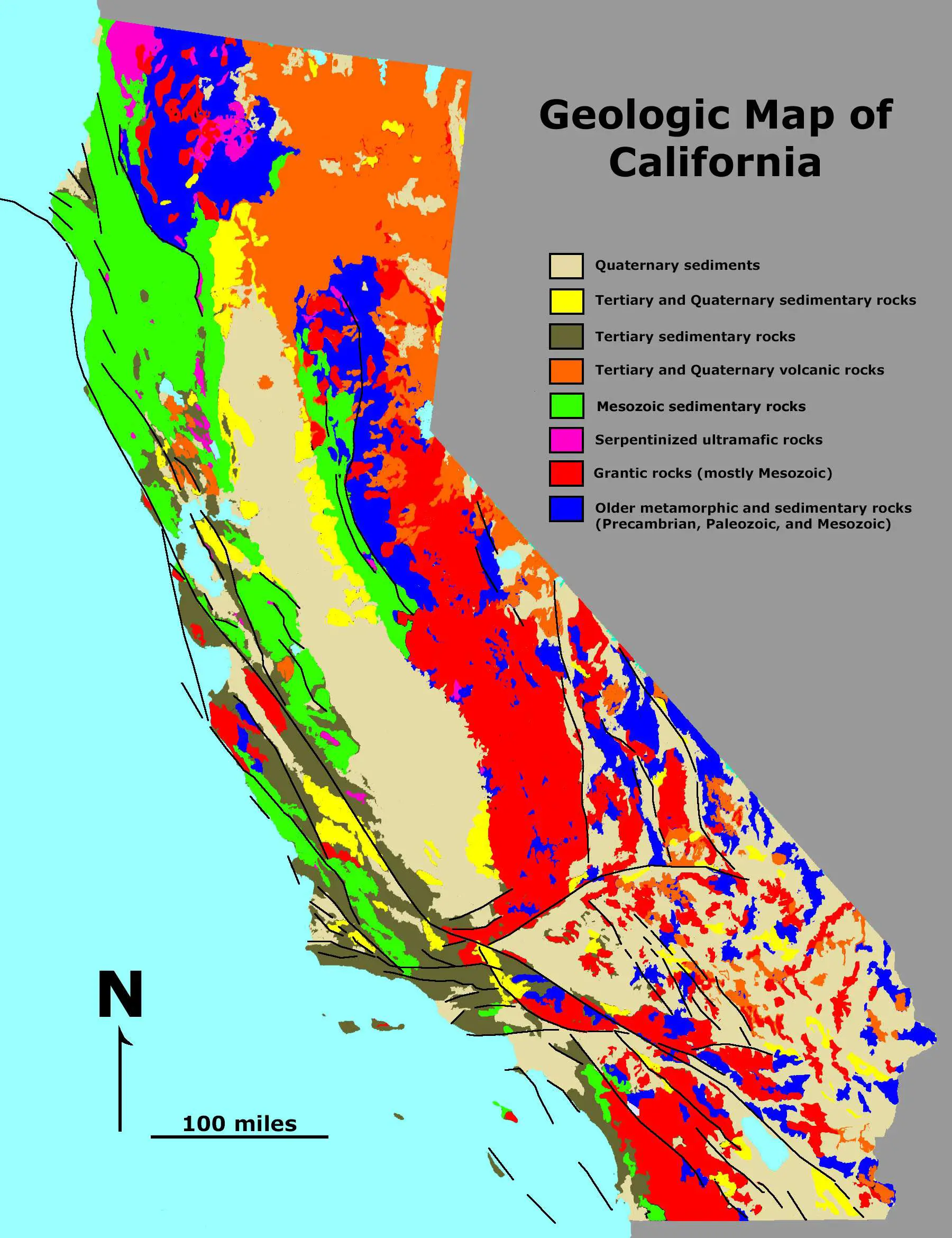
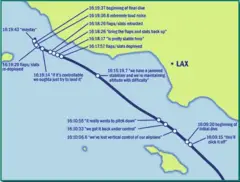
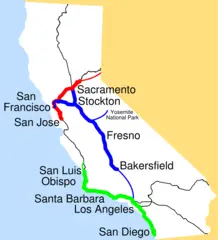
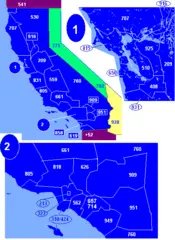
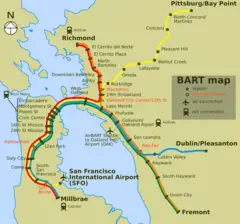
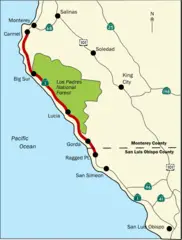
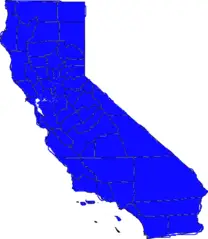
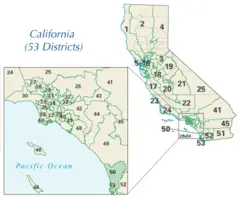
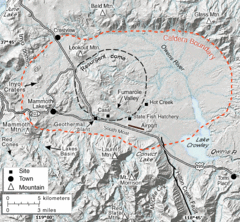
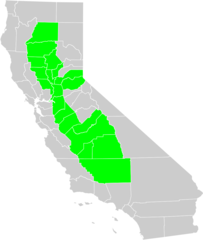
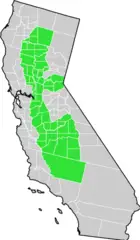
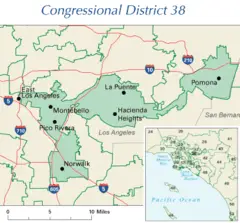
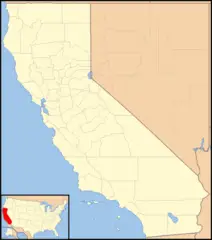
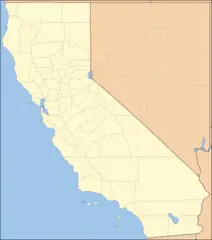
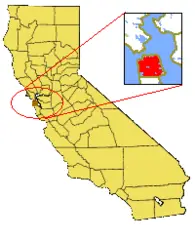
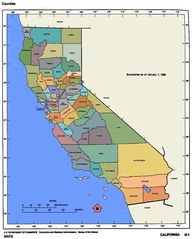
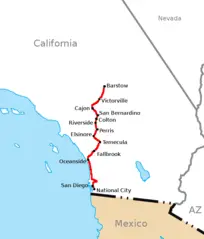
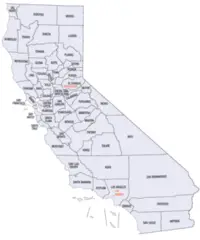
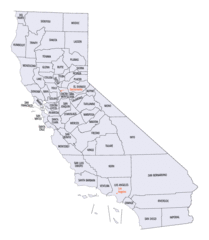
.png)
.png)
.png)
.png)
.png)
.png)
.png)
.png)
.png)
.png)
.png)
.png)